Curiosities of Puerto Rico, a tropical island nestled in the Caribbean, boasts a rich cultural heritage, stunning landscapes, and a unique blend of influences that set it apart. As an unincorporated territory of the United States, Puerto Rico has a distinct identity shaped by its Taino, Spanish, and African roots. In this exploration, we delve into some of the most striking curiosities that make Puerto Rico distinctive and fascinating.
Boricua Identity:
Puerto Ricans often refer to themselves as “Boricuas,” derived from the indigenous Taino name for the island, Borikén. This term reflects a strong sense of cultural identity and pride among the people of Puerto Rico.
Old San Juan’s Colonial Charm:
Old San Juan, the historic district of the capital city, is a UNESCO World Heritage Site known for its cobblestone streets, colorful colonial buildings, and historic forts. El Morro and Castillo San Cristóbal stand as impressive remnants of Spanish colonial rule.
El Yunque National Forest:
El Yunque, the only tropical rainforest in the U.S. National Forest System, covers a significant portion of northeastern Puerto Rico. It is home to diverse flora and fauna, stunning waterfalls, and the iconic coqui frog, an auditory symbol of the island.
Bioluminescent Bays:
Puerto Rico is home to three of the world’s brightest bioluminescent bays: Mosquito Bay, Laguna Grande, and La Parguera. Microorganisms called dinoflagellates create a magical glow in the water, offering a unique and enchanting experience for visitors.
Taino Petroglyphs:
The Taino people, the indigenous inhabitants of Puerto Rico, left their mark through intricate petroglyphs found in various locations on the island. These carvings provide a glimpse into the artistry and beliefs of the Taino civilization.
Carnival de Ponce:
Carnival de Ponce, one of Puerto Rico’s most vibrant celebrations, takes place in the city of Ponce and features colorful parades, lively music, and elaborate costumes. The festival showcases the island’s lively and dynamic cultural scene.
Mofongo:
Mofongo is a popular Puerto Rican dish made from mashed fried green plantains mixed with garlic, olive oil, and pork cracklings (chicharrón). It is a flavorful and iconic representation of the island’s cuisine.
La Perla:
La Perla is a vibrant and historic community located between Old San Juan and Condado. The neighborhood, known for its colorful houses along the coast, has a rich cultural heritage and is celebrated in local music and art.
Parrandas:
Parrandas are Puerto Rican Christmas traditions involving lively, impromptu musical gatherings that go from house to house. Participants use traditional instruments like guitars, maracas, and tambourines to spread joy and celebrate the holiday season.
Puerto Rican Flag:
The design of the Puerto Rican flag holds symbolic significance. The blue triangles represent the coastal waters, while the white stripe symbolizes purity. The red stripes represent the bloodshed of warriors and the lone white star stands for the island’s desire for freedom.
Caja China Tradition:
The caja china, or Chinese box, is a unique culinary tradition in Puerto Rico. It involves roasting a whole pig in a specially designed wooden box, resulting in a succulent and flavorful dish enjoyed during festive occasions.
Piraguas:
Piraguas are shaved ice treats flavored with tropical syrups, a popular refreshment enjoyed by locals and visitors alike, especially on hot days. The piragua vendors can be found throughout the island.
Plaza Las Delicias:
Plaza Las Delicias is the central square in Ponce, featuring a historic firehouse, a beautiful cathedral, and a unique fountain named “La Fuente de los Leones.” The square is a hub for cultural events and gatherings.
Puerto Rican Coqui:
The coqui, a small tree frog endemic to Puerto Rico, is an iconic symbol of the island. Its distinctive call, “co-qui,” is a familiar sound in the rainforests and a beloved part of Puerto Rican culture.
Guavate:
Guavate, located in the mountains of Puerto Rico, is renowned for its lechoneras, or roadside eateries specializing in roasted pig. The area is a culinary haven where visitors can savor traditional Puerto Rican dishes.
Culebra and Vieques Islands:
Puerto Rico is surrounded by smaller islands, including Culebra and Vieques, known for their pristine beaches, crystal-clear waters, and vibrant coral reefs. Flamenco Beach in Culebra is consistently ranked among the world’s best beaches.
Ponce Massacre Memorial:
The Ponce Massacre Memorial commemorates a tragic event in Puerto Rican history when police opened fire on peaceful demonstrators in Ponce on Palm Sunday in 1937. The memorial stands as a testament to the island’s quest for justice and freedom.
Rum Production:
Puerto Rico is a hub for rum production, and its rum is renowned worldwide. Distilleries such as Bacardi and Don Q offer tours, allowing visitors to learn about the island’s rich rum-making heritage.
Puerto Rican Jíbaro Culture:
The jíbaro, or mountain farmer, represents Puerto Rico’s rural and agricultural heritage. Traditional jíbaro music, often featuring instruments like the cuatro and guitar, reflects the island’s folkloric roots.
Casa Bacardi:
Casa Bacardi, located in Cataño, is the world’s largest premium rum distillery. Visitors can take guided tours to learn about the history of Bacardi rum and enjoy tastings of the iconic spirit.
Conclusion:
Puerto Rico’s uniqueness lies in its vibrant culture, natural wonders, and resilient spirit. From the historical charm of Old San Juan to the enchanting bioluminescent bays, the island invites exploration and admiration for its multifaceted character.
As Puerto Rico continues to navigate its cultural identity and relationship with the United States, these striking curiosities remain a source of pride for its people and an invitation for the world to experience the beauty and diversity of this Caribbean gem. Whether indulging in local cuisine, dancing to the rhythm of salsa, or exploring the historical sites, Puerto Rico stands as a testament to the extraordinary wonders that define its identity.



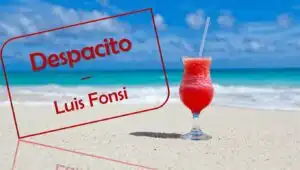
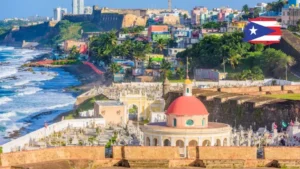



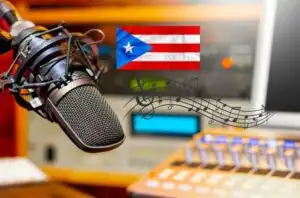
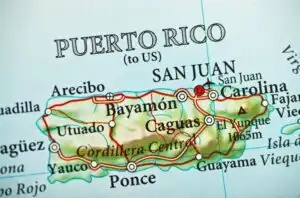
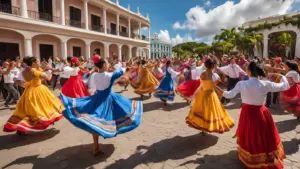
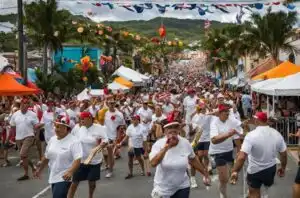
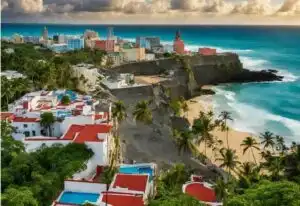
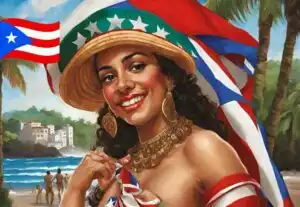
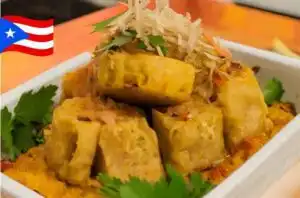
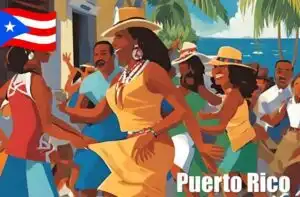
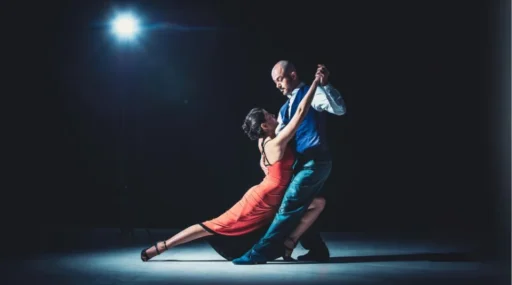
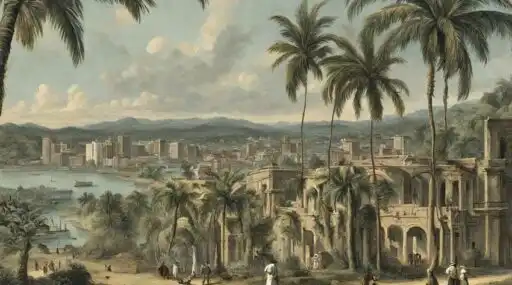
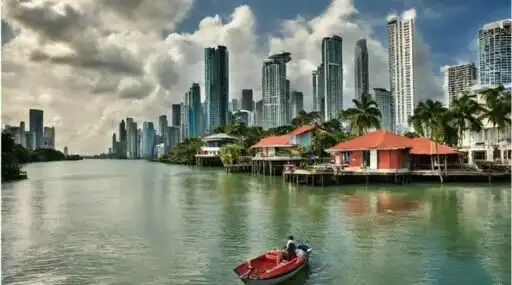

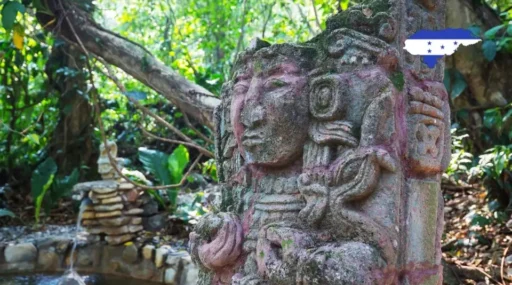
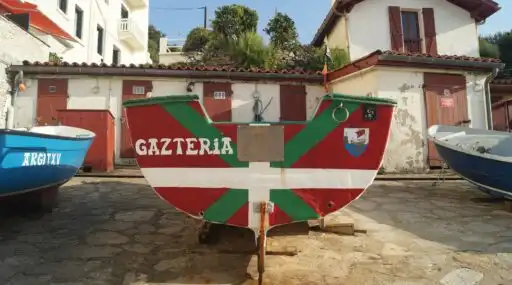
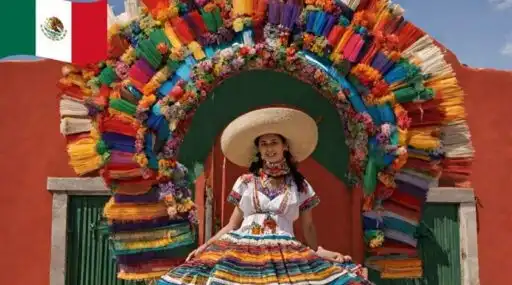
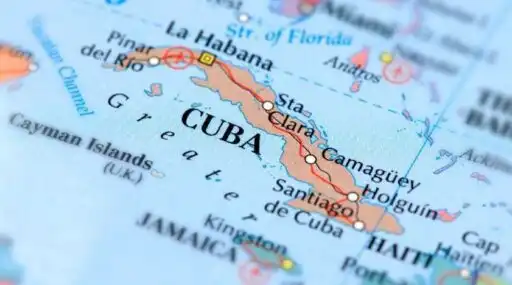
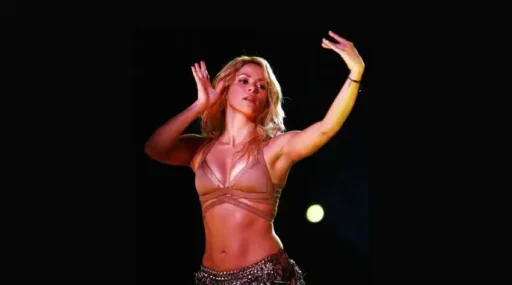
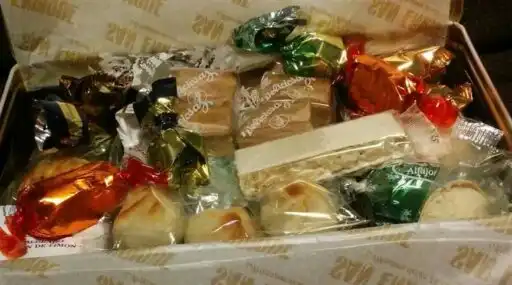


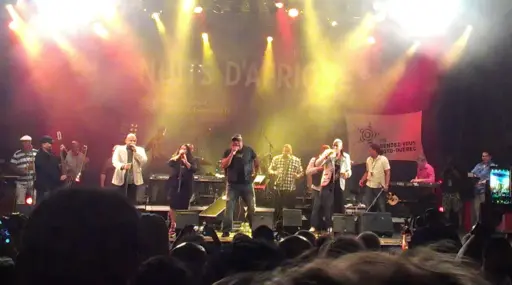
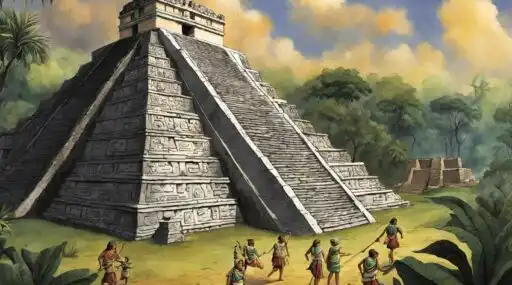

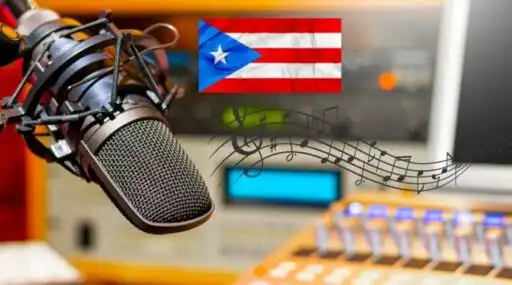
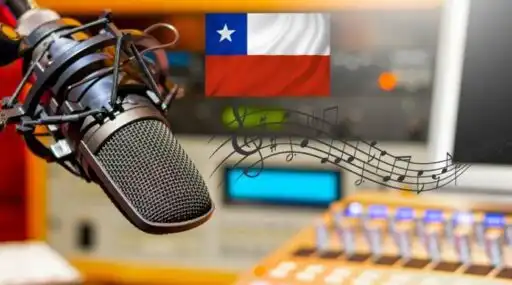
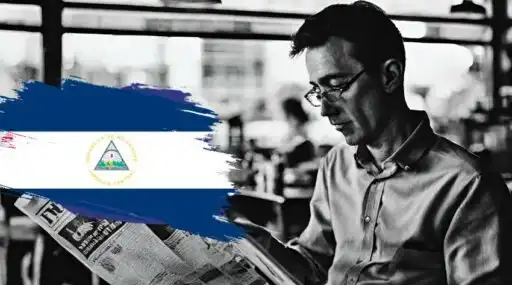
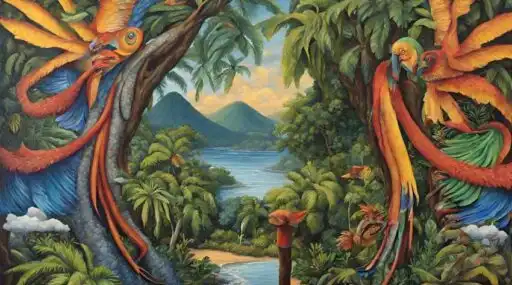
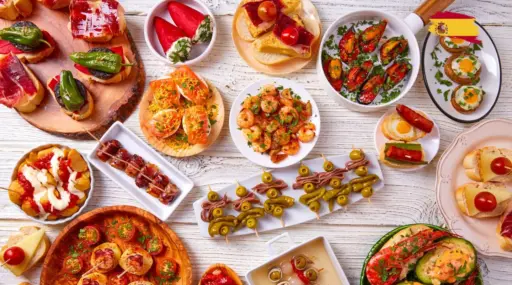
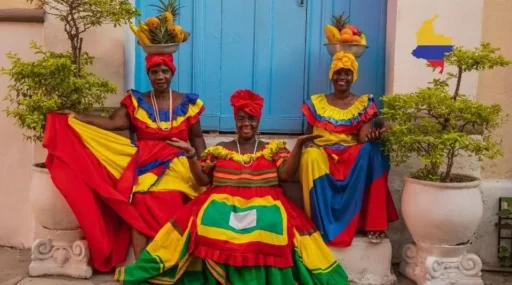

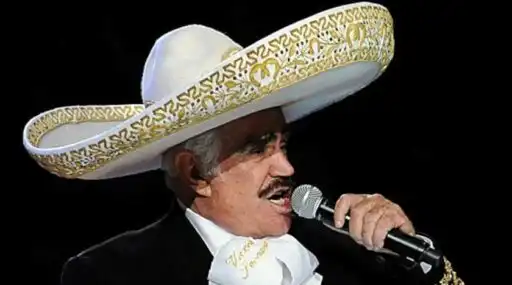
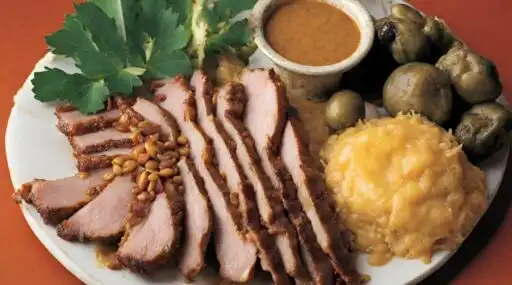






Leave a Reply